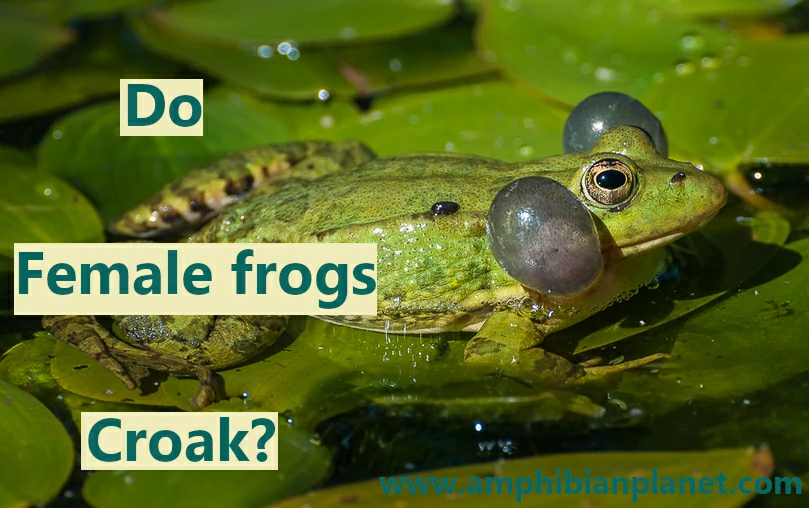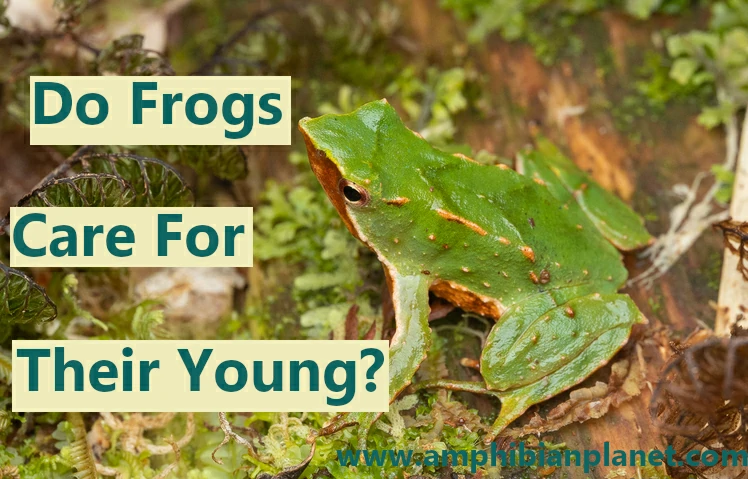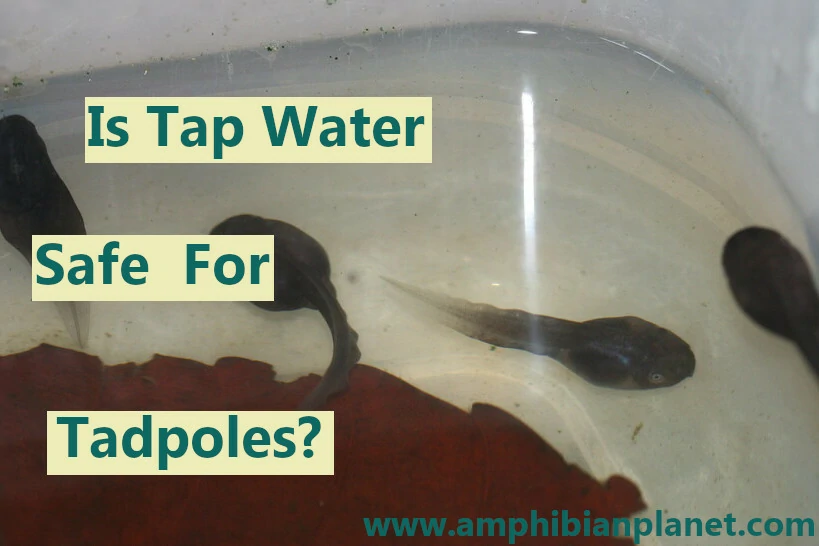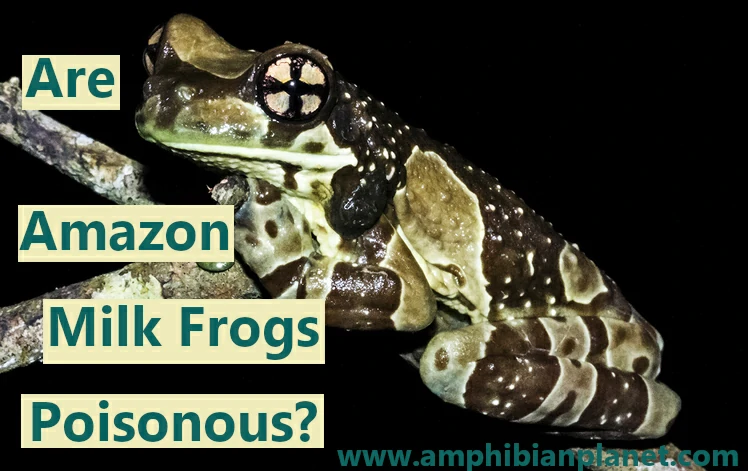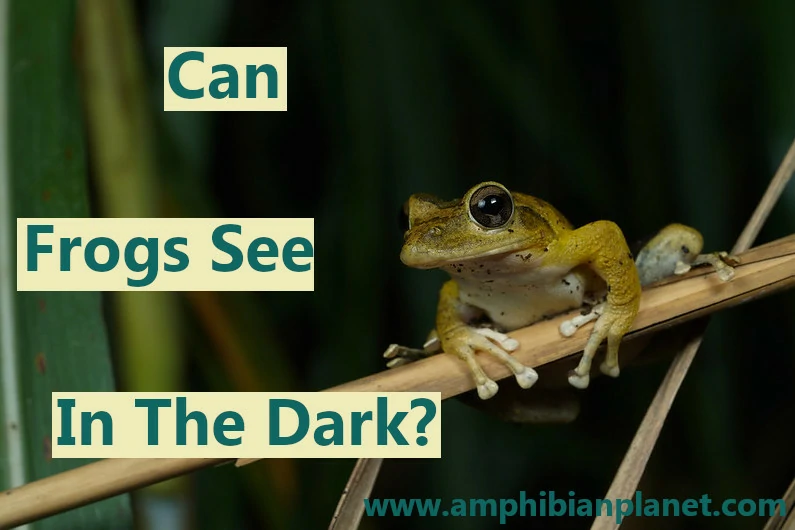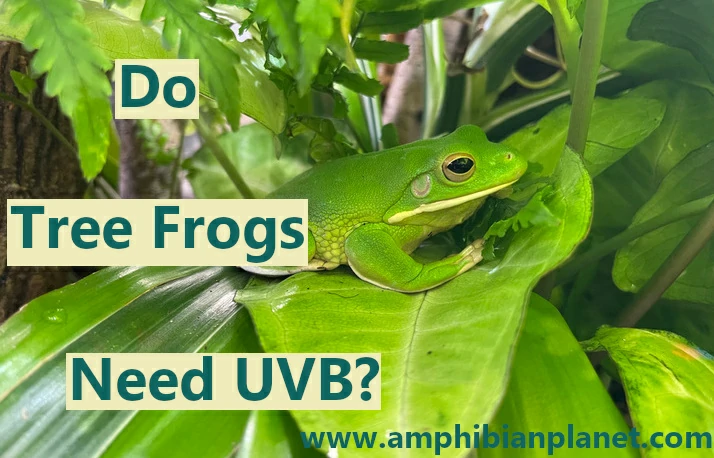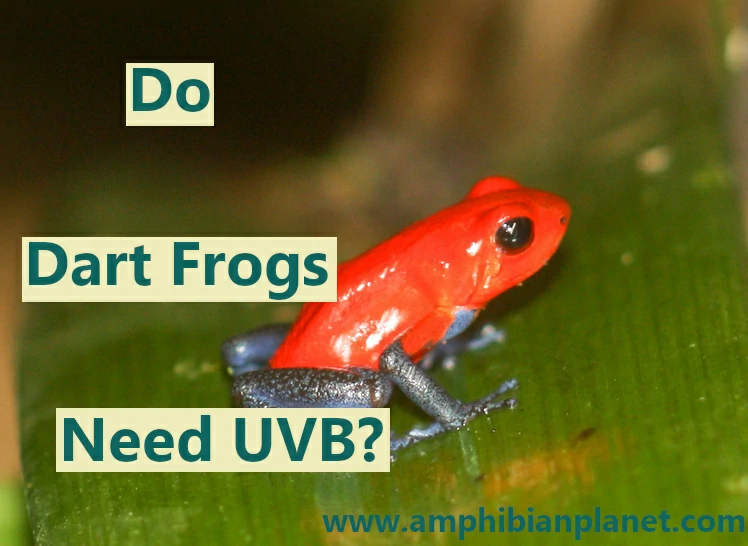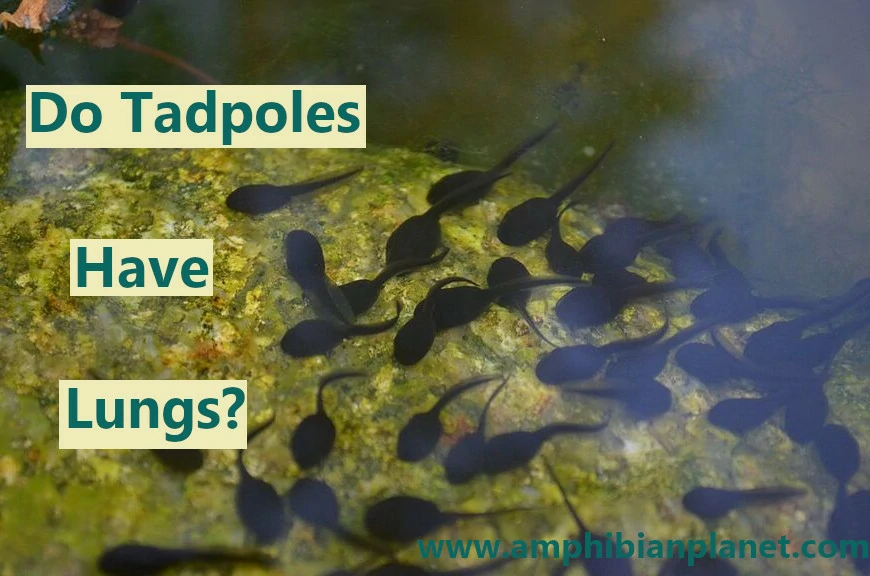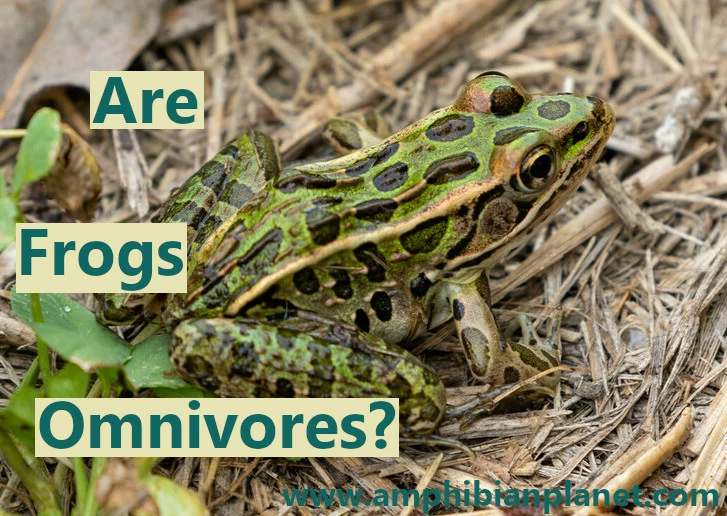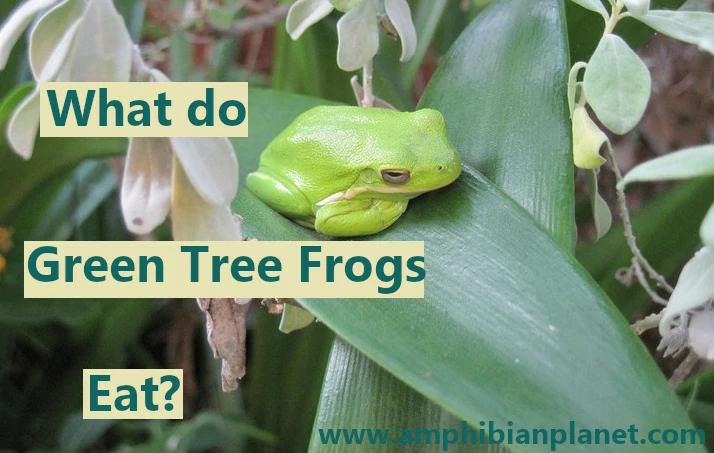Do Female Frogs Croak?
Croaking is one of the most common noises frogs make. The typical loud croaking calls we hear from frogs are known as ‘advertisement calls’, and are used by frogs to advertise themselves as potential partners, for other frogs to mate with. But do female frogs croak? In the vast majority of frog species, females lack … Read more

